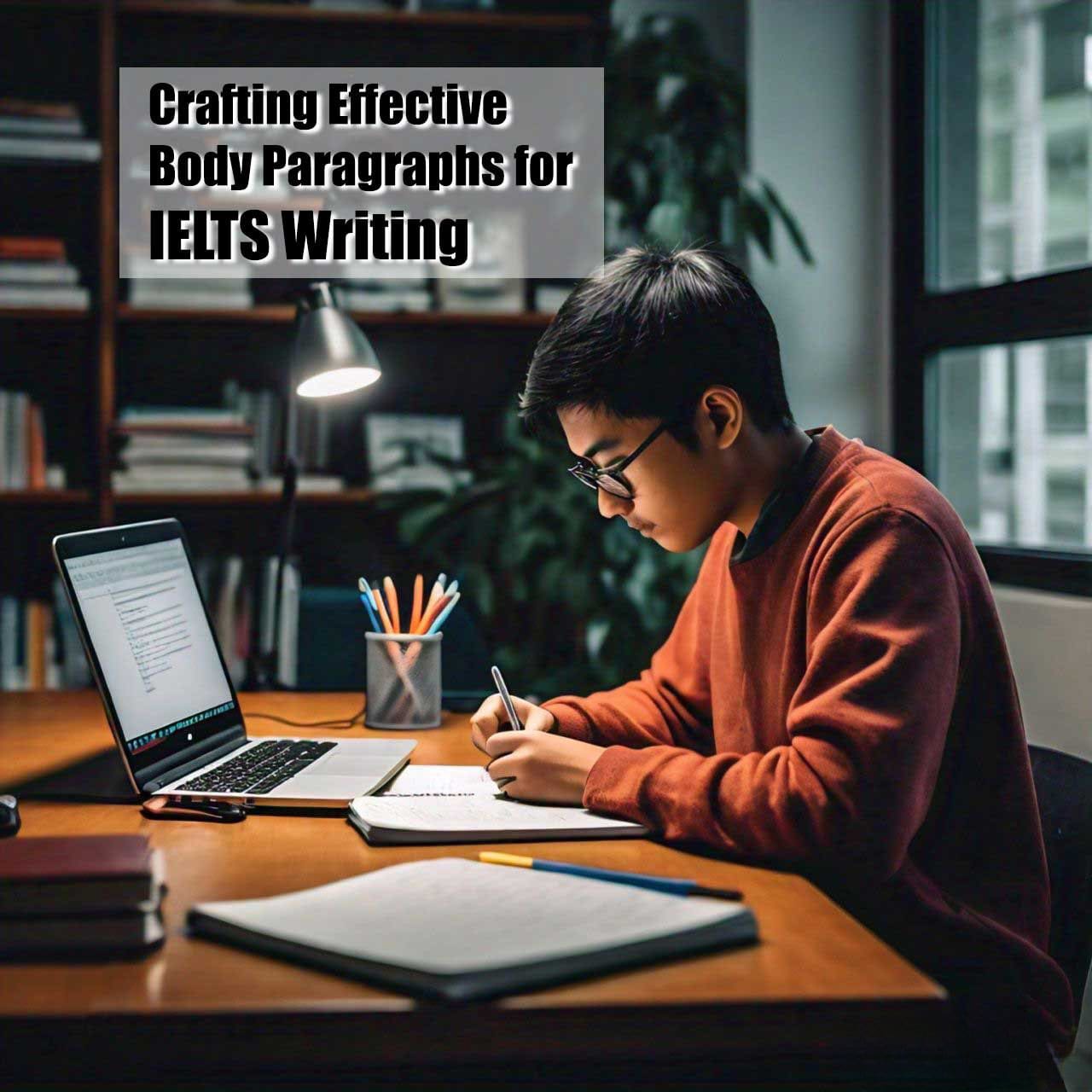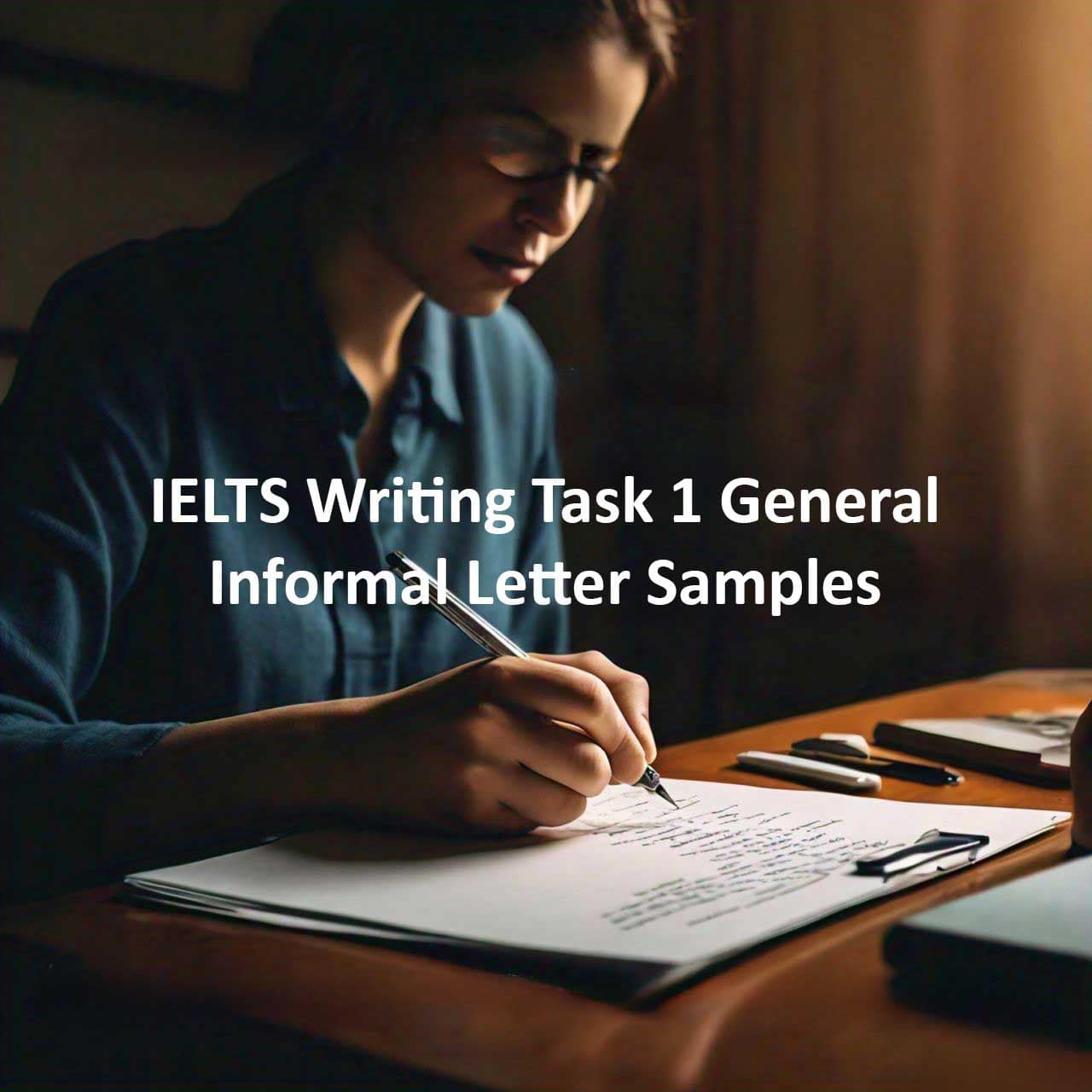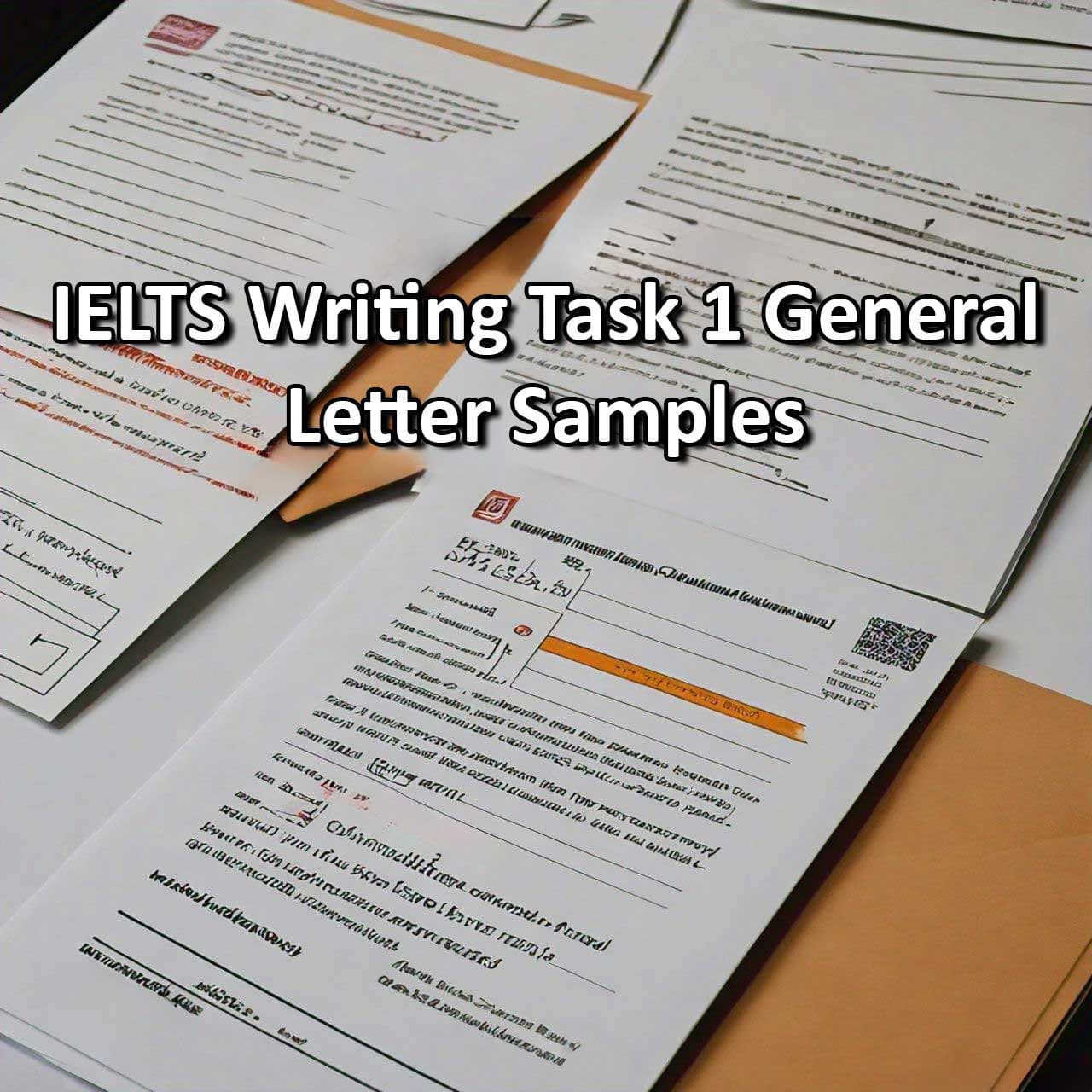The IELTS Writing test is a crucial component of the IELTS exam, assessing your ability to articulate ideas clearly and coherently in written form. One of the keys to scoring high in the Writing section is to master the art of writing body paragraphs. These paragraphs form the core of your essay, presenting and developing your main ideas. Here’s a detailed guide to help you craft compelling body paragraphs for your IELTS Writing tasks.
Table of Contents
Understanding the Role of Body Paragraphs
In both Task 1 and Task 2 of the IELTS Writing test, body paragraphs are essential for organizing and presenting your arguments or information. While Task 1 focuses on describing visual data (for Academic) or writing a letter (for General Training), Task 2 involves writing an essay on a given topic. In both tasks, body paragraphs should:
– Present a clear main idea: Each paragraph should focus on a single main idea that supports your overall argument or description.
– Provide supporting details: Include examples, explanations, and evidence to back up your main idea.
– Maintain coherence and cohesion: Ensure the paragraph flows logically and is connected to the rest of your essay.
Structuring Body Paragraphs
A well-structured body paragraph typically includes three main components: the topic sentence, supporting sentences, and a concluding sentence.
1. Topic Sentence
The topic sentence introduces the main idea of the paragraph. It should be clear, concise, and directly related to the essay prompt or task.
Example (Task 2):
“One of the primary reasons why online education is beneficial is its flexibility.”
2. Supporting Sentences
Supporting sentences provide details, examples, and explanations that elaborate on the topic sentence. They develop the main idea and make your argument more convincing.
Example:
“Students can access course materials at any time, allowing them to study at their own pace. For instance, a working professional can take online classes after office hours without having to commute to a physical campus.”
3. Concluding Sentence
A concluding sentence summarizes the main idea of the paragraph and provides a transition to the next paragraph. It helps to maintain the flow and coherence of your essay.
Example:
“Therefore, the flexibility of online education makes it an attractive option for individuals with busy schedules.”
Tips for Writing Effective Body Paragraphs
1. Stick to One Main Idea Per Paragraph
Each body paragraph should focus on a single main idea. Avoid mixing multiple ideas in one paragraph, as this can confuse the reader and weaken your argument.
2. Use Clear and Relevant Examples
Examples are crucial in supporting your main idea. Make sure your examples are relevant and clearly illustrate the point you are making.
Example (Task 1 Academic):
“The bar chart shows a significant increase in the number of international students enrolling in Australian universities from 2000 to 2010. For example, the number of Chinese students increased from 10,000 to 40,000 during this period.”
3. Maintain Coherence and Cohesion
Use linking words and phrases to connect your ideas and ensure a smooth flow of information. Common linking words include “furthermore,” “moreover,” “in addition,” “however,” and “therefore.”
Example:
“Furthermore, online education can be more affordable than traditional classroom-based education, as it eliminates the need for commuting and physical textbooks.”
4. Be Concise and Direct
Avoid unnecessary words and complex sentences that may confuse the reader. Aim for clarity and precision in your writing.
5. Practice Writing Regularly
Regular practice is key to improving your writing skills. Write practice essays on various topics and seek feedback from teachers or peers to identify areas for improvement.
Sample Body Paragraph (Task 2)
Prompt:
“Some people believe that governments should invest more in public transportation to reduce pollution and traffic congestion. To what extent do you agree or disagree?”
Body Paragraph:
“Investing in public transportation is a highly effective way to combat pollution and traffic congestion. Public transit systems, such as buses and trains, can carry a large number of passengers simultaneously, reducing the number of individual vehicles on the road. For instance, a single train can replace hundreds of cars, significantly decreasing emissions and easing traffic flow. Moreover, modern public transportation systems are increasingly adopting eco-friendly technologies, such as electric buses, which further contribute to reducing pollution. Therefore, government investment in public transportation is not only a practical solution to traffic congestion but also a crucial step towards environmental sustainability.”
Conclusion
Mastering the art of writing body paragraphs is essential for achieving a high score in the IELTS Writing test. By presenting clear main ideas, supporting them with relevant details, and maintaining coherence and cohesion, you can craft compelling body paragraphs that effectively convey your arguments or descriptions. Remember to practice regularly, seek feedback, and continuously refine your writing skills. With dedication and effort, you can excel in the IELTS Writing test and move closer to your academic or professional goals.



